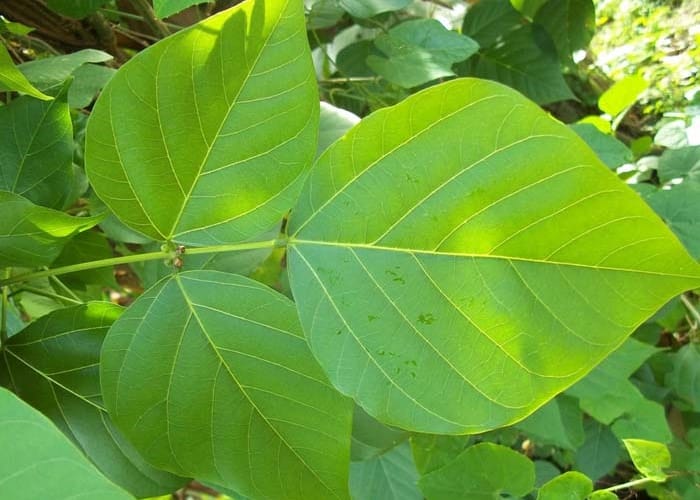UNAIR NEWS – Erythrina or known locally as “Dadap” is a plant that is often used as a hedgerow and shades. However, some people in Indonesia also often use dadap plants as traditional medicine. They use these dadap plants as antioxidants, such as for anti-malaria.
For this reason, Tjitjik Srie Tjahjandarie, Ph.D., or Cicik was inspired to conduct research related to dadap plants. She conducted research on red dadap or Erythrina crista-galli L at first, which is easily found on campus in 2014.
From the research on red dadap, the compounds found in these plants can be anti-malaria with moderate strength. It means the plants cannot cure malaria, but it has the ability to prevent it.

With the result of this research, Cicik then got interested in researching dadap serep plant or Erythrina orientalis. She wanted to study whether the compound in dadap serep can be antioxidants and anti-cancer.
In the dadap serep research, Cicik and the team chose to use the stem bark. Parts that are often used by the local community.
“The stem bark is often used by the community for traditional medicine, the bark part also stores the most secondary metabolites compared to the other parts of the plant,” said Cicik.
Cicik explained, there are at least five compounds found in dadap serep, Phaseollin, Shinpterocarpin, 4’-O-Methyl licoflavanone, Alpinumisoflavone, and 8-Prenyldaizein.
The five compounds were tested for their anti-cancer activity with leukemia cancer cells. From the test, it was found that Phaseollin, Shinpterocarpin, Alpinumisoflavone and 8-Prenyldaizein compounds in dadap serep had moderate strength as anti-cancer while the 4’-O-Methyl licoflavanone compound is inactive as an anti-cancer.
It means dadap serep cannot cure cancer, but it can be used for prevention. Similar to red dadap, which has moderate activity for anti-malaria.
“Even so, phaseollin compounds and 8-Prenyldaizein compounds in dadap are quite active as antioxidants. It is even more active than vitamin C, “explained Cicik.
Antioxidants suppress free radicals in the body. Moreover, it can also strengthen the immune system, reduce wrinkles, prevent neurological diseases, cancer, coronary heart disease, and other diseases.
Cicik will continue to map the plants in Indonesia, especially in the eastern region. Research is also conducted to determine bioactivity and chemical content.
Then later in 2020, she had plans to collaborate with other parties from the field of pharmacy or medicine to follow up on the results of her researches so they can be a useful bioproduct in the health sector.
Reporter: Galuh Mega Kurnia
Editor: Nuri Hermawan
Reference : Tjahjandarie, T. S. & Tanjung, M., 2015. Phenolic compounds from the stem bark of Erythrina orientalis and their cytotoxic and antioxidant activities. Der Pharma Chemica, 7(1), pp. 206-211.





